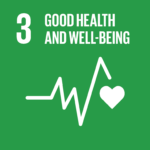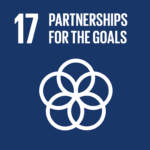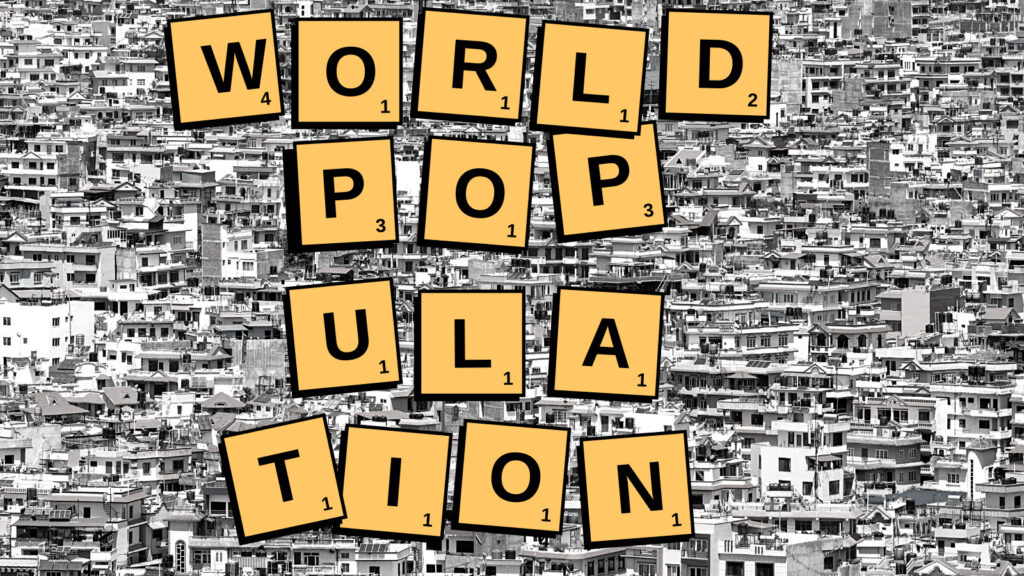World Population Day
RELEVANT SUSTAINABLE GOALS


7.9 Billion Solutions
Overpopulation, Pandemic and Gender Equity Issues
The unmet need for family planning information services and supplies was enormous before the pandemic – some 214 million girls and women wanted to plan their pregnancy but were unable to access appropriate care before the pandemic struck. Those numbers have only increased dramatically.
Jill Sheffield, Chair, Committee on Contraception and Family Planning (FIGO)
Empowered To Choose
The best way to address population and gender equality issue is to support the human rights and welfare of women and girls everywhere. This means accelerating efforts to empower women educationally, economically and politically. It means supporting an end to discriminatory practices and norms that disadvantage women in the workplace and home. And it means addressing their needs in a holistic way, from providing comprehensive sexuality education, to ensuring accessible sexual and reproductive health services, to making childcare programmes more readily available.
Also Read :
Guilt, Weariness, and Fury : Unspoken Problems of Maternal Mental Health


